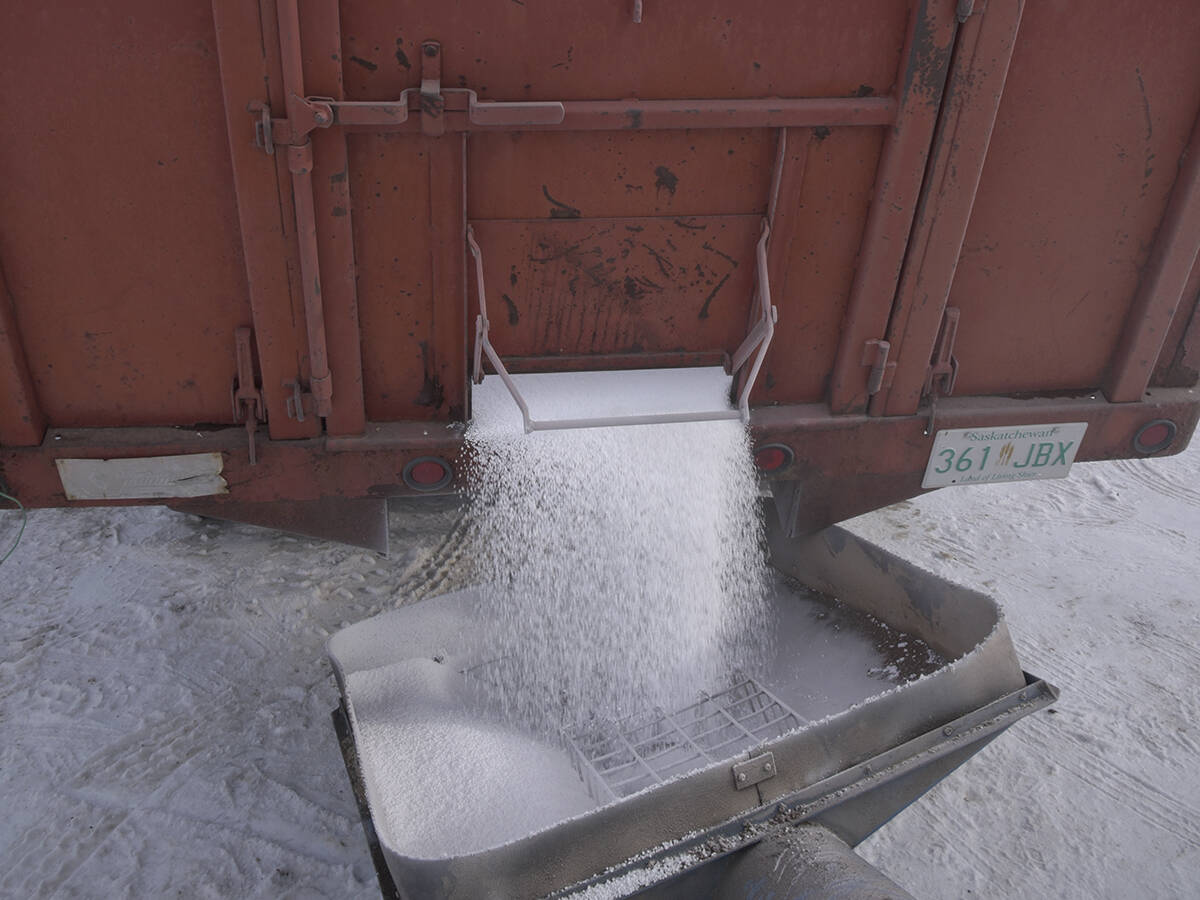Revenue from Canadian Wheat Board sales in the 1997-98 crop year will be down more than 40 percent as a direct result of multi-billion dollar American and European Union subsidies, CWB chief commissioner Lorne Hehn told MPs last week.
He predicted even worse prices for the next two years as subsidized European grain floods world markets.
“There is going to be a tremendous blood bath in the next few years,” he said.
In an appearance before the House of Commons agriculture committee Nov. 24, Hehn said preliminary results from the 1997-98 pool accounts show sales revenue fell to $3.5 billion from $6.1 billion the previous year.
Read Also

Urea prices heading higher: analyst
A fertilizer market analyst thinks urea prices have bottomed out and are heading higher through the first quarter of 2026.
Lower revenue came in part because of lower volumes as farmers reduced cereal acreage to a 19-year low in the face of falling world prices.
Sales volumes dropped 35 percent to 18.3 million tonnes from 28.5 million tonnes.
Hehn and officials from the CWB used their Parliament Hill appearance to suggest Canada go to the next round of world trade talks ready to target European and United States subsidies, which are income supports not explicitly tied to production levels or commodities.
These so-called “blue box” subsidies are allowed under the 1994 General Agreement on Tariffs and Trade because they were promoted by the EU and the U.S. as not being trade or production distorting.
Hehn said that was a mistake. Advisers to the Canadian negotiators, including himself, did not appreciate how much money the two trading superpowers would send to farmers in blue box payments and how much it would encourage production.
Now, while prices are falling and Canadian farmers are restricting production, European and American production remains high, creating surpluses and driving prices down further.
Hehn said by international calculation, European farmers last year received $116 in subsidy payments for every tonne of wheat produced. American farmers received $72 and Canadian farmers received $15.
This year, the American number would be considerably higher because of the recently announced $6 billion (U.S.) farm aid package.
“Of course those subsidies affect production,” said the CWB chief commissioner. The farmer instinct is to “plow” the subsidies back into the farm to increase production and efficiency.
He made his “blood bath” prediction because the EU has millions of tonnes of grain in storage. Under GATT, during the next two years it can use export subsidies to dump as much of that onto world markets as it can afford.
After 2000, tighter restrictions on allowable volumes of subsidized exports take effect.
Hehn referred to the malting barley market to make a point about the destructiveness of the subsidies.
He said the EU is the largest world exporter of malting barley and malt. European exports are heavily subsidized this year and it has driven prices down for what should be a Canadian grain export that commands a premium price. Instead, the industry is in trouble.
While much of the focus was on the European Union, American farm subsidies did not escape the glare.
Market analyst Larry Sawatzky said this year, the U.S. will spend the equivalent of $24.5 billion (Cdn) in farm subsidies, almost $7 billion for wheat.
He said the $2.68 (Cdn) per bushel wheat subsidy in the U.S. is even higher than in Europe.
“The greatest free traders in the world have the highest subsidies,” Sawatzky said.














